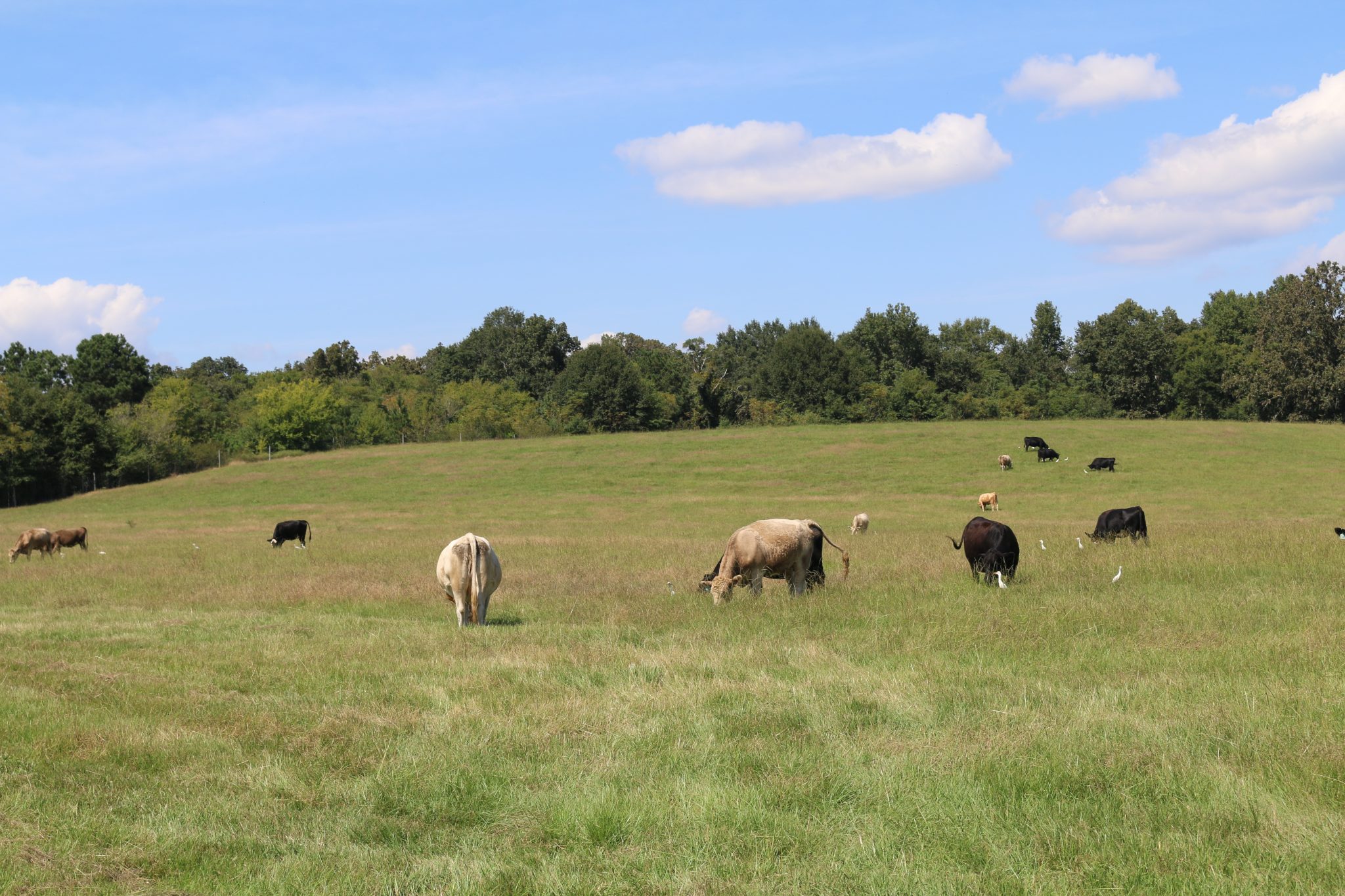Beef

Record keeping is valuable in beef production. Beef cattle record keeping is a tool to document and evaluate production information. Production records are a crucial component to make informed management decisions. Record keeping reveals a herd’s current production level, identifies inefficiencies, and provides information to make improvements.
Design beef cattle record keeping:
- To be practical to maintain.
- To be as simple, or as detailed as desired.
- To increase efficiency.
Approach to Beef Cattle Record Keeping
Different approaches to record keeping or a combination of these methods can be taken. One option can be a whole herd approach to record cattle inventories at each phase of production, market prices and animal weights. This whole herd approach provides a general evaluation of a herd’s production level. Another option is an individual animal approach to record specific performance data for each animal using unique animal identification. This individual animal approach provides more precise information to make genetic and management improvements. (Refer to ANR-2488, Beef Cattle Record Keeping Basics)
Application of Animal Identification
Application of animal identification should provide a system where each animal has a unique identification number with no duplication. Identification numbers should be applied for easy recognition of animals for management practices. Numbering systems should be designed to be simple for practical application. Individual animal identification provides information to make informed genetic selection and management decisions, track medication treatments and withdrawal periods. Without an animal identification system, effective management is more difficult.
Animal identification can be applied in a temporary and a permanent method. Temporary identification is any method that can be removed or lost. Temporary methods include visual ear tags, electronic ear tags and neck chains. Permanent identification is any method that cannot be removed or lost. Permanent methods include tattoos, hot branding, and freeze branding. A combination of both methods is recommended as animal identification needs to be permanent and easy-to-read to work correctly.
Animal Identification Systems
For effective record keeping, an animal identification numbering system allowing for unique animal identification without duplication is essential. The two most common systems are the International Year/Letter Designations for Animal Identification and a numerical calendar year system. Both systems provide a method to apply the year of birth along with the calf birth order for an animal identification number. The International Year/Letter Designations for Animal Identification assigns a specific letter to each corresponding birth year to allow for 22 years before the potential for a duplicate identification number when used in combination with calf birth order. (Refer to ANR-2488, Beef Cattle Record Keeping Basics)
Application of Record Keeping Systems
The practice of keeping production records can be applied by using handwritten documentation, with software and internet-dependent systems, or a combination of both. Handwritten methods may utilize notebooks or customized guides such as the National Cattlemen’s Beef Association Integrated Resource Management (IRM) Red Book. This pocket-sized annual record book contains reference information and forms to record cattle inventory, breeding and calving activity, body condition scores, herd health, and pasture usage. Methods utilizing internet or software-based specialized systems may allow for data entry and access through smart phones, tablets, or other devices. Technology-based record systems maintain animal inventories, production history, calculate adjusted weights, ratios, frame scores, and average calving intervals plus track herd health and medical treatments, animal movement, pasture usage, and more.
Production records can include cattle and pasture inventories, cattle movement, and animal identification. Records may also include, breed composition, body condition scores, breeding and calving information, birth dates, calf sex, and production weights. These records can be maintained in both handwritten or, specialized software and internet-based systems (Refer to ANR-2577, Beef Cattle Performance Record Keeping).
Internet or software-based methods can also provide additional performance data such as the calculation of adjusted weaning weights, ratios, and cow average calving interval. Herd health treatments can also be maintained in either type of record keeping system. These health records should include medication or vaccination names along with the lot and serial number of the products. Treatment dates, dosage administered, routes of administration, and withdrawal dates should also be documented.
Key For Your Beef Operation
Record keeping is valuable in beef production and is a tool to document and evaluate information. Record keeping systems can be as simple or as detailed as desired and should be designed to be practical to apply.
The Alabama Beef Cattle Improvement Association (BCIA) is a resource for the application of production record keeping by providing the Alabama BCIA Commercial Record Keeping Program, which utilizes a specialized, internet-based record keeping system for hands-on application. For more information, visit www.albcia.com.

